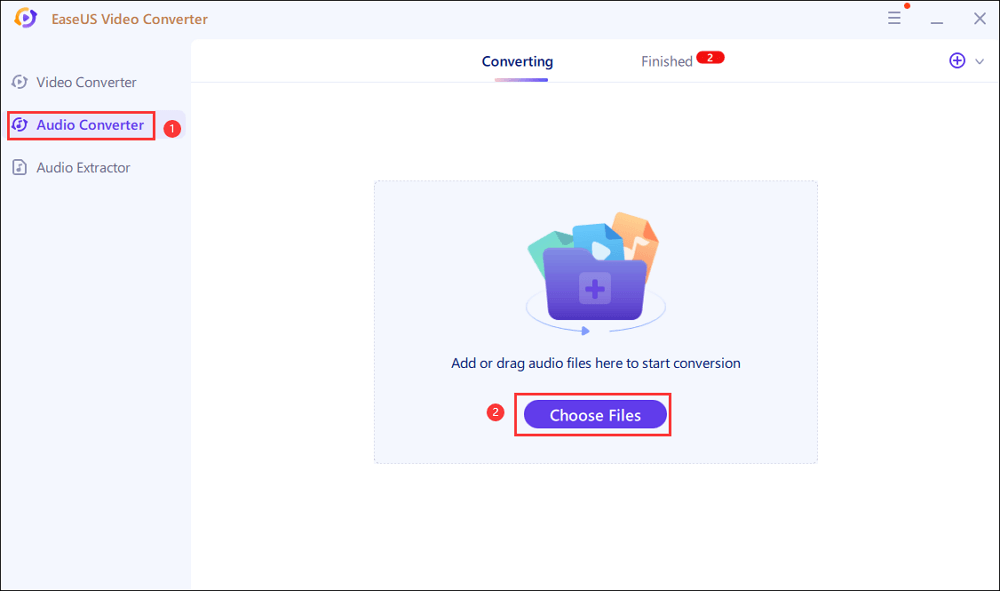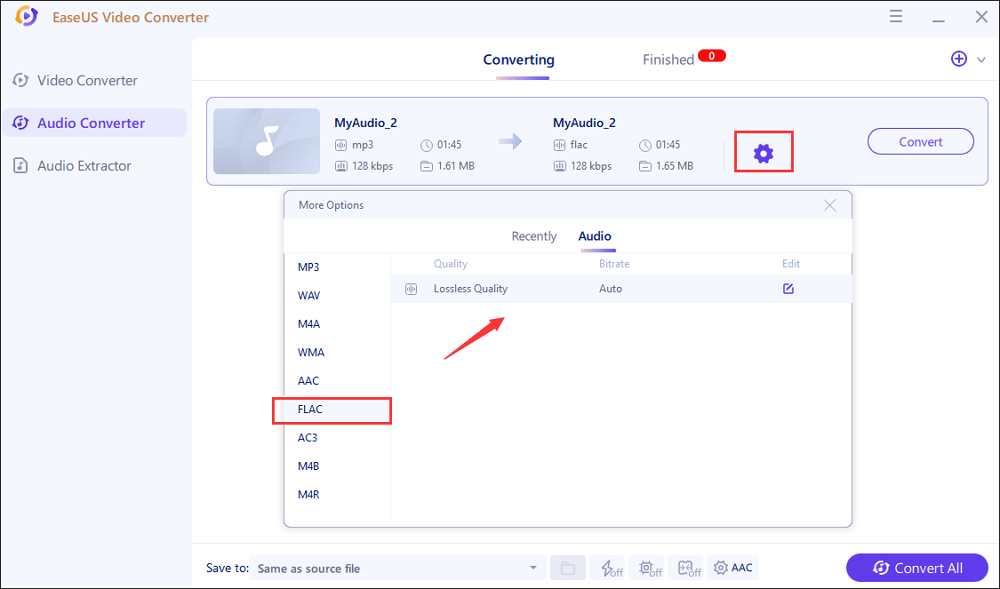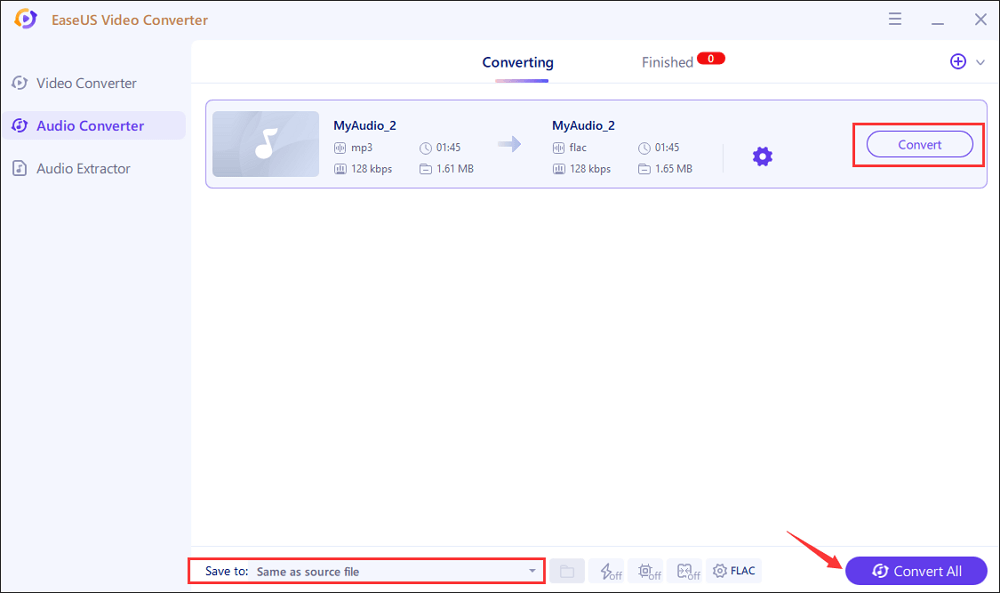-
Jane is an experienced editor for EaseUS focused on tech blog writing. Familiar with all kinds of video editing and screen recording software on the market, she specializes in composing posts about recording and editing videos. All the topics she chooses are aimed at providing more instructive information to users.…Read full bio
-
![]()
Melissa Lee
Melissa is a sophisticated editor for EaseUS in tech blog writing. She is proficient in writing articles related to multimedia tools including screen recording, voice changing, video editing, and PDF file conversion. Also, she's starting to write blogs about data security, including articles about data recovery, disk partitioning, data backup, etc.…Read full bio -
Jean has been working as a professional website editor for quite a long time. Her articles focus on topics of computer backup, data security tips, data recovery, and disk partitioning. Also, she writes many guides and tutorials on PC hardware & software troubleshooting. She keeps two lovely parrots and likes making vlogs of pets. With experience in video recording and video editing, she starts writing blogs on multimedia topics now.…Read full bio
-
![]()
Gorilla
Gorilla joined EaseUS in 2022. As a smartphone lover, she stays on top of Android unlocking skills and iOS troubleshooting tips. In addition, she also devotes herself to data recovery and transfer issues.…Read full bio -
![]()
Jerry
"Hi readers, I hope you can read my articles with happiness and enjoy your multimedia world!"…Read full bio -
Larissa has rich experience in writing technical articles. After joining EaseUS, she frantically learned about data recovery, disk partitioning, data backup, multimedia, and other related knowledge. Now she is able to master the relevant content proficiently and write effective step-by-step guides on related issues.…Read full bio
-
![]()
Rel
Rel has always maintained a strong curiosity about the computer field and is committed to the research of the most efficient and practical computer problem solutions.…Read full bio -
Dawn Tang is a seasoned professional with a year-long record of crafting informative Backup & Recovery articles. Currently, she's channeling her expertise into the world of video editing software, embodying adaptability and a passion for mastering new digital domains.…Read full bio
-
![]()
Sasha
Sasha is a girl who enjoys researching various electronic products and is dedicated to helping readers solve a wide range of technology-related issues. On EaseUS, she excels at providing readers with concise solutions in audio and video editing.…Read full bio
Page Table of Contents
0 Views |
0 min read
Most audiophiles are accustomed to listening to the best audio file formats out there. If you don't consider yourself an audiophile, don't worry! We are here to make things easier for you and clear the fog around this topic. As you may already know, lossless audio formats have captivated the fascinating minds of millions of audio professionals.
You find the dynamic ones among popular lossless audio formats: FLAC and AIFF. For the sake of your listening experience, you discover a complete comparison between FLAC vs AIFF. Also, you learn the best free audio converter for conversion.

FLAC vs AIFF | Which One is Better?
Both of them are lossless audio formats. FLAC and AIFF are different from each other in ways that you can't imagine. Initially a strictly compression-based audio format. Here you know the difference in terms of the below aspects.
Compatibility: AIFF is an audio format with limited compatibility as it is mainly used in Apple devices. On the other hand, FLAC has broader compatibility, and it can work across several operating systems.
Space: AIFF file space is similar to large WAV files meaning that it can be heavy. FLAC outperforms AIFF when it comes to storage space as it takes up less space on the device.
Usability: FLAC is quick to download. Also, AIFF is designed to save music and other audio-related projects in original form.
Sound quality: FLAC loses control of keeping the original audio data once processed by audio editing software. AIFF does not disappoint in this regard, and it works well when processed in audio editing programs without sacrificing audio quality.
Availability: AIFF is not usually available for download online. But FLAC can be easily downloaded from the Internet.
| Comparison | FLAC | AIFF |
|---|---|---|
| Compatibility |
|
|
| Quality |
|
|
| Space |
|
|
In fact, to an inexperienced ear, there is little difference between these two audio formats, as they sound almost the same. However, what might interest a typical listener and music lover is the ease of access and compatibility of these audio formats. Since FLAC files are compressed, they can be easily downloaded from the Internet and stored on any device. Also, its relatively small size makes the download process faster and more efficient, just like MP3.
On the other hand, a great advantage of AIFF files is that they are uncompressed and retain all original audio information, ideal for audio engineers. There is no loss of quality when editing, mixing and mastering.
How to Convert FLAC to/from AIFF
For converting audio files, you can try the Windows converting software like EaseUS Video Converter. Also, you can set the encoder, sample rate, channel, and bitrate for audio files. You can import FLAC audio files from the computer and convert them into other audio formats like AIFF, MP3, OGG, etc.
Apart from being an audio converter, it can also convert video files as a best free video converter.
Key Features:
- Merge FLAC files into one for conversion
- MP3 converter for PC
- Convert audio to video files
- Extract audio file from video
How to convert AIFF to FLAC:
Step 1. Download and install EaseUS Video Converter on your computer. Launch it and go to the "Audio Converter" option. Then you will find a "Choose Files" button for you to import the source audio file.

Step 2. After importing the audio, click on the "Settings" button. The "More Options" window will pop up, and you can select FLAC or MP3 or other audio files as the output format from the list of optional audio formats.

Step 3. Next, tap on the "Convert" button when you want to convert the imported file. The "Convert All" button is also available for processing a batch of files. Don't forget to set a suitable save path.

Step 4. Soon, you will get the converted audio file after the conversion. The file can be found in the "Finished" tab.

What is the FLAC format?
FLAC, or Free Lossless Audio Codec, was released back in 2001. It is often viewed as the high-definition version of an MP3 file. Still, FLAC has the added benefit of a compression codec that reduces the file size by more than 50% than the original audio file without losing any audio information or quality. The only difference is that it has a superior compression process and is specially designed for audio files.
A FLAC file is an exact copy of the original music file. If the original track is lost or damaged, you don't have to worry about losing your music. FLAC is a file format with several advantages over the other lossless audio.
For example, FLAC takes up less space than a WAV file. It can also store additional metadata such as artist name, album name, lyrics, etc. Unlike Apple Lossless Audio Code files, FLAC has the upper hand in sound quality and compression rate. FLAC files can also be played on various audio media and multimedia players.
What is the AIFF format?
In short, for Audio Interchange File Format, AIFF was developed by Apple and is one of the most widely used audio file formats in the mac OS. It can also be called the Apple version of WAV files. The great thing about an AIFF file is that it contains the original audio data, plus several pieces of uncompressed metadata.
Furthermore, an AIFF audio file has CD-like audio settings, which results in increased quality. Because AIFF files have the same sample rate and size as WAV files, the storage space of these two audio formats is nearly the same. Compared to an MP3 file, it takes up five times the storage space. Each minute of audio in an AIFF file is approximately 10MB. So, for a 10-minute song, the AIFF file is 100MB or more. This is perhaps one of the most significant disadvantages of AIFF files.
Although AIFF is a lossless audio format, it does not compress audio. As an alternative, Apple has developed another format called AIFFC, which is similar to an original AIFF file, but with an additional audio compression feature.
Conclusions
That's all about FLAC vs AIFF. To conclude, it is your decision when FLAC and AIFF. It all depends entirely on the purpose it serves you. Choose FLAC files if you want to save, share, and stream, and choose AIFF files if you're working on a music project. If you're going to convert these two files, try EaseUS Video Converter to get it done!




